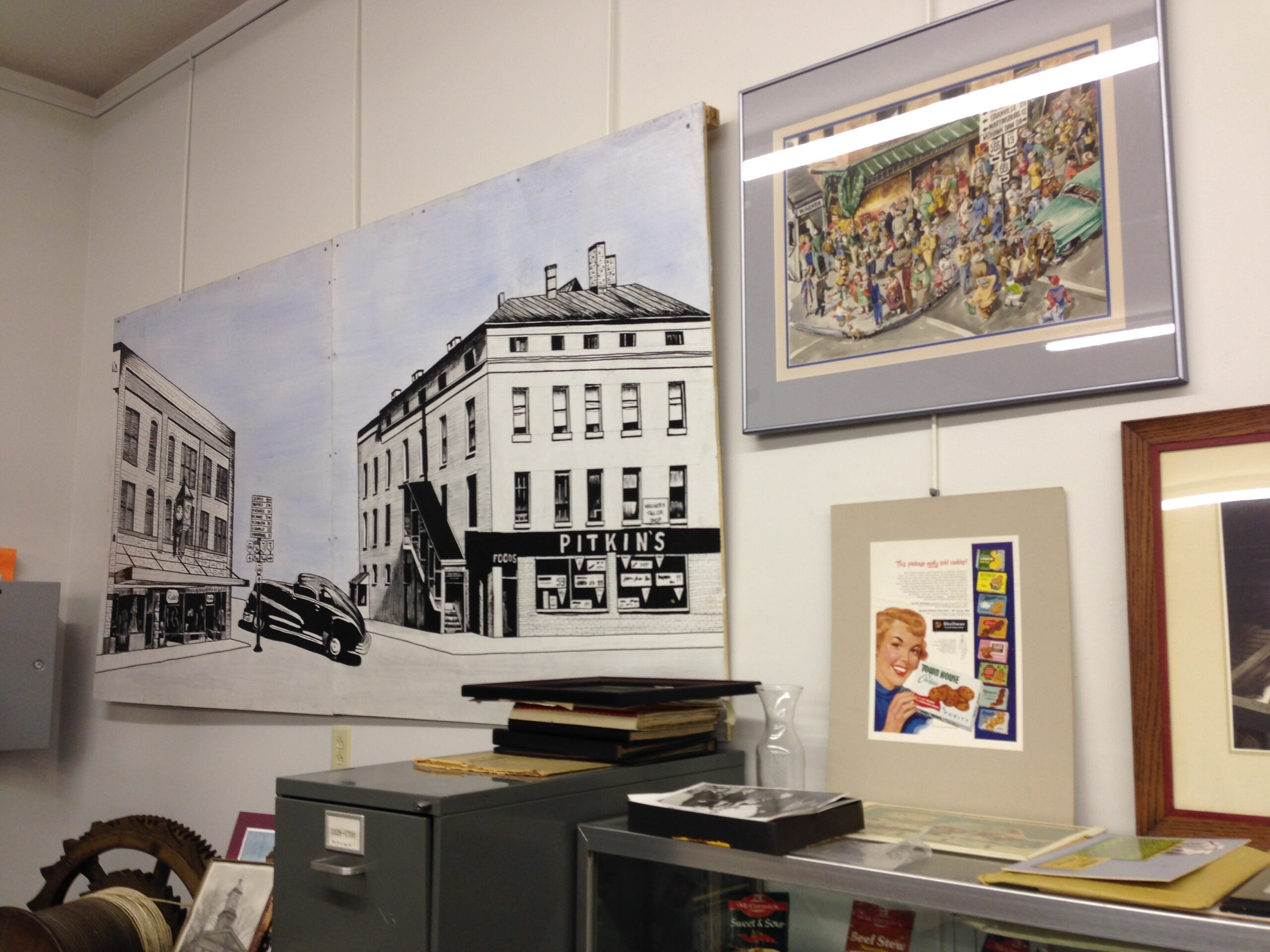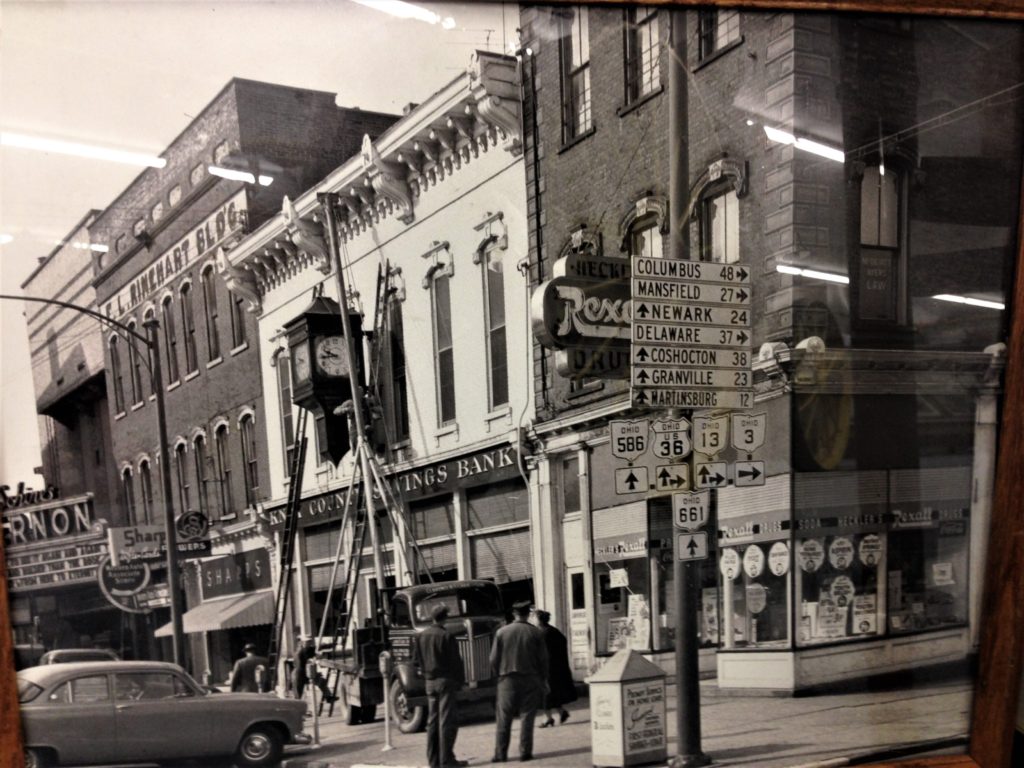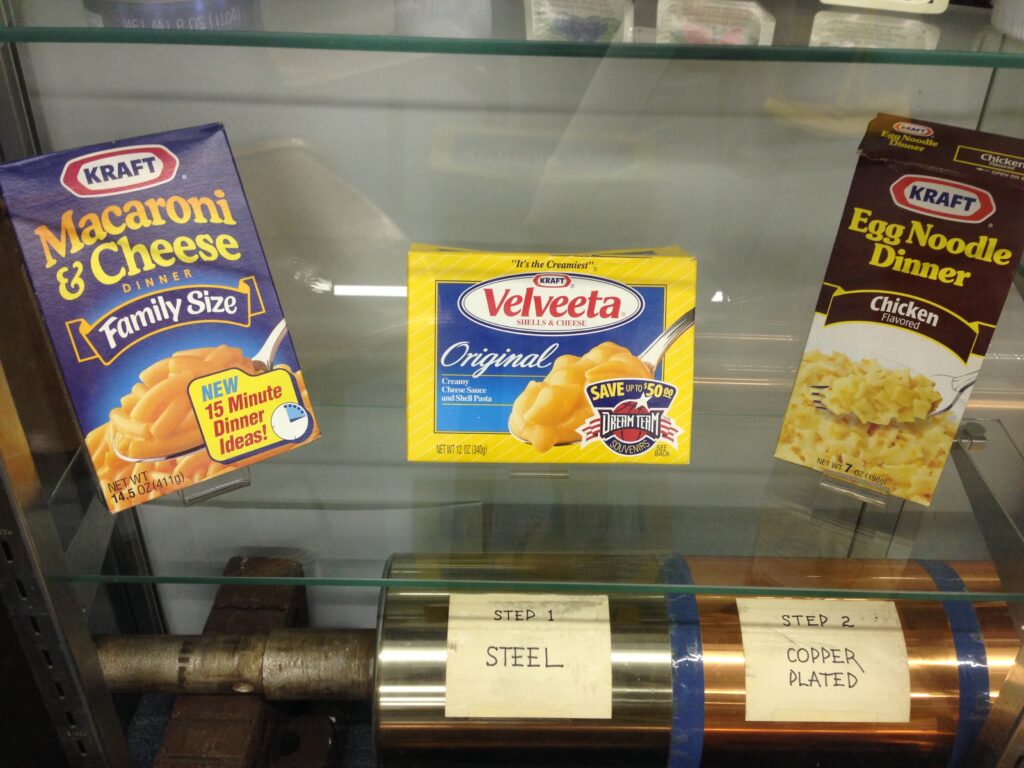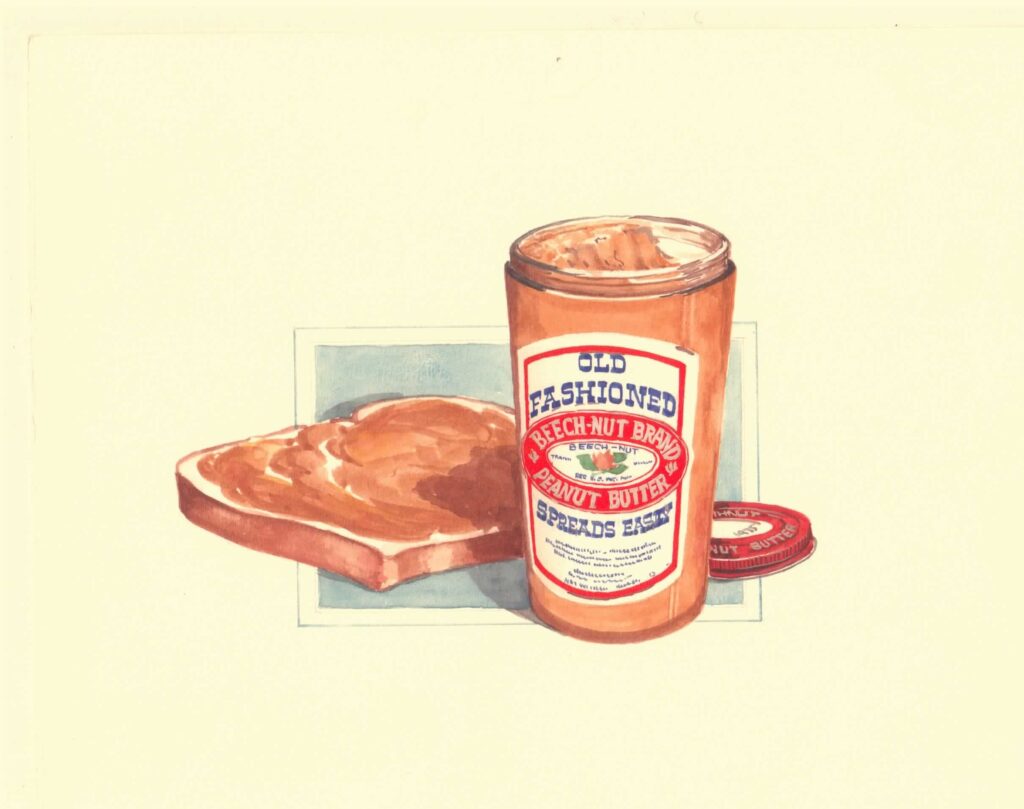The return of the “Mad Men” series on March 25 once again takes me back to the 1950s, the post-war era that fueled 180-degree changes in America’s buying habits, from frugal wartime savings to the latest crazes of the consumer buying culture. Vernon P. Johnson was one of the “Mad Men” of the 1950s, an innovator in graphic design for the new wave of flexible packaging, like potato chips, cookie bags and T-shirt packages. While he wasn’t a household name like the iconic Madison Avenue ad men, he worked in small town America and studied the buying habits of everyday people. Using psychology and art, Vernon Johnson became an expert practitioner of the new world of marketing in the 1950s — focusing on the burgeoning consumer packaging industry. He observed consumer habits at ground level — and often did his own “market research” using his wife and her friends. I know, because he was my father, and there was asleek new car every couple of years, a giant chest freezer in our garage stocked with frozen vegetables and TV dinners and, finally, a color television. On evenings down on Main Street, our fashionable mothers with cinched waists and full skirts, spectator heels and white gloves joined our fathers for martini dinners in the local restaurant. And, for Dad’s company, since almost everyone smoked, cigarette packaging was a major source of business.
And, oh, the shopping! We still laugh about the array of specialty departments, like the one presided over by the fastidious “bra lady” who took the most careful measurements in a local department store.
It was a buying culture, and consumer packaging design was as artful and calculated in the 1950s as advertising campaigns were became for the Mad Men of the 1960s. “Best designs are those that interpret understanding of human nature,” he wrote in 1956, about the same time he was extolling the growing importance of women in consumer decisions. “Women,” he told a local Kiwanis lunch in Mount Vernon, Ohio, “influence 85 percent of all sales, control 70 percent of the nation’s wealth, buy 90 percent of all household purchases and 62 percent of hardware sales.”
Sounding a little more like his Madison Avenue “Mad Men” counterparts who came later, he wrote: “The treatment of the color, subject matter and layout denotes gaiety and excitement which the consumer associates with enjoyable experiences. This detonates the feeling of desire, motivating the shopper to make the purchase-impulse buying. When we are able to build this type of consideration into our package designs, we are taking the long step towards providing our customers with selling packages.”




